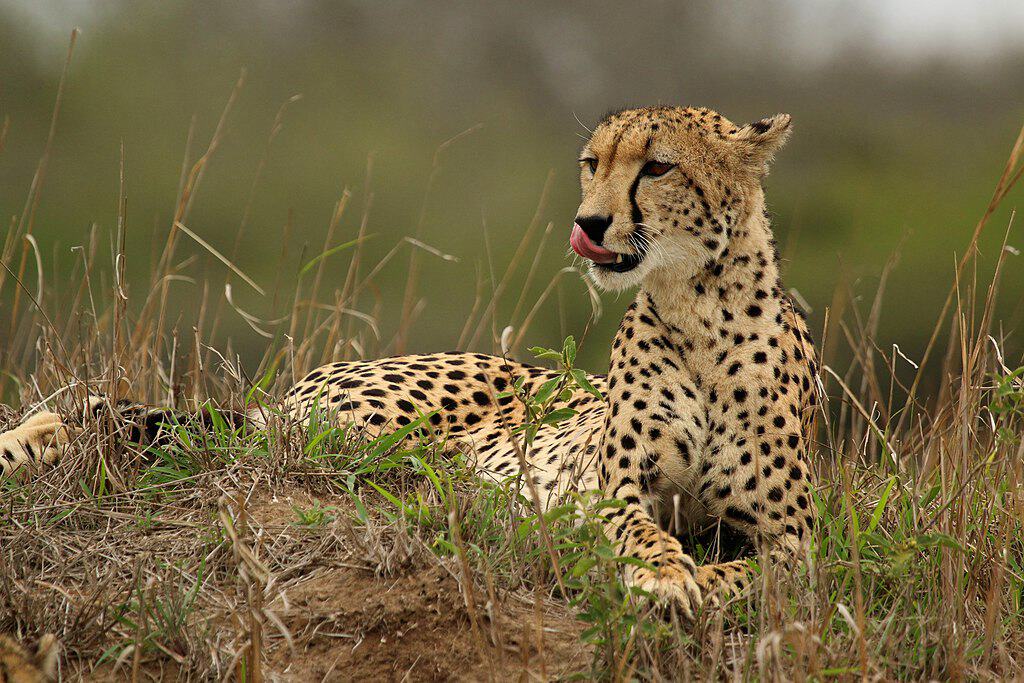In the vast realm of the natural world, animals have developed fantastic adaptations and abilities that might seem more fitting in a superhero comic than in science textbooks. From flight to survival in harsh conditions, these creatures have honed their skills to flourish in challenging environments. Prepare to be amazed as we explore ten animals with incredible, superpower-like abilities that defy belief.
10. The Electric Zap of the Electric Eel

The electric eel, native to the waters of the Amazon and Orinoco basins in South America, has a shockingly powerful ability: it can generate an electric charge of up to 600 volts. This remarkable creature employs its electric prowess not only to stun prey but also to navigate murky waters and communicate with fellow eels. Specialized cells called electrocytes form electric organs that discharge electricity, helping the eel maintain an “electric field” sense of its surroundings.
9. The Immunity of the Opossum

Opossums possess a unique superpower—they are highly resistant to snake venom. This adaptation allows them to fend off predation by venomous snakes. Researchers discovered that a particular protein in opossums’ blood neutralizes toxins, giving them a hearty advantage in the wild. As a result, opossums play an essential role in various ecosystems by helping control snake populations.
8. The Shape Shifting Mimic Octopus
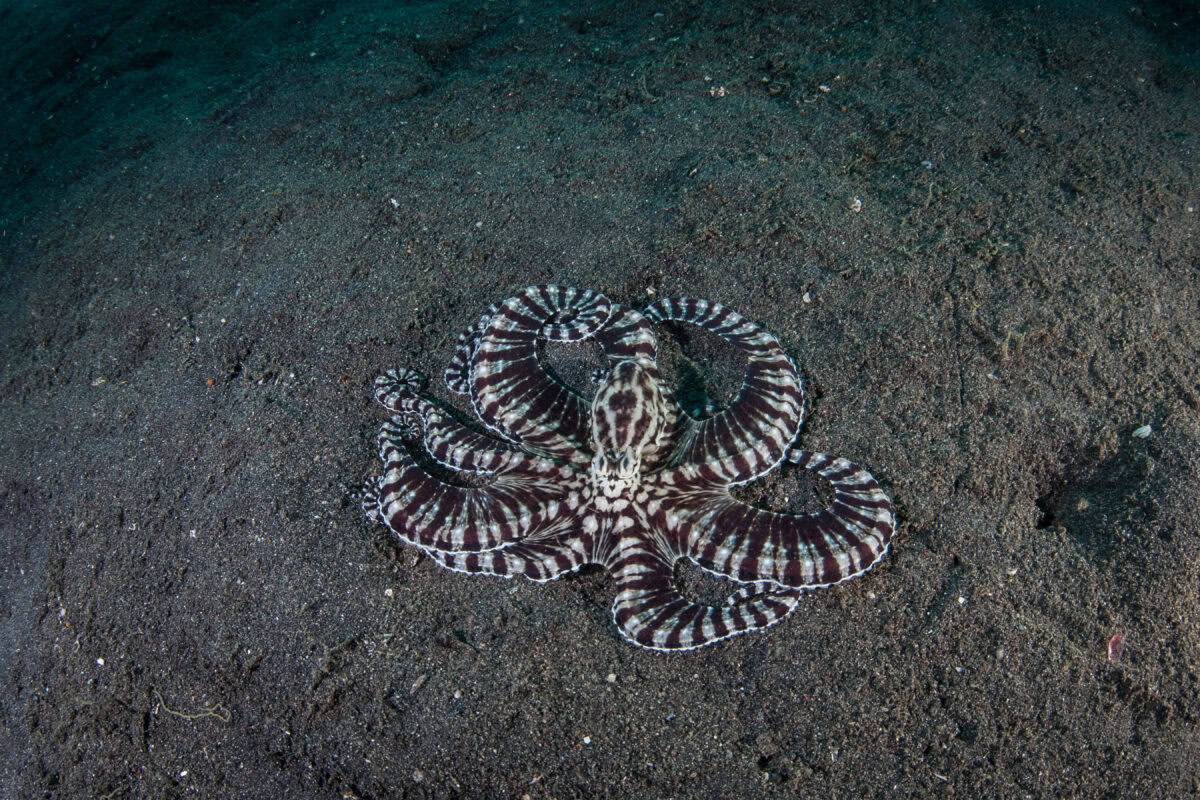
The mimic octopus, found in the coastal waters of Southeast Asia, harnesses its impressive camouflage skills in an extraordinary way. This cephalopod can alter its shape, color, and behavior to imitate other sea creatures, such as lionfish, flatfish, and sea snakes. This ability confuses predators and prey, giving the mimic octopus a significant survival advantage in its diverse marine environment.
7. The Rapid Healing of the Axolotl

The axolotl, a captivating amphibian from Mexico, is famous for its regenerative abilities. This remarkable creature can regenerate entire limbs, organs, and even parts of its spinal cord with ease. Regeneration enables the axolotl to recover from injuries that would be fatal to other species. Scientific studies on these amphibians hold great promise for breakthroughs in human medicine, particularly in the realm of regenerative medicine.
6. The Echolocation of the Bat
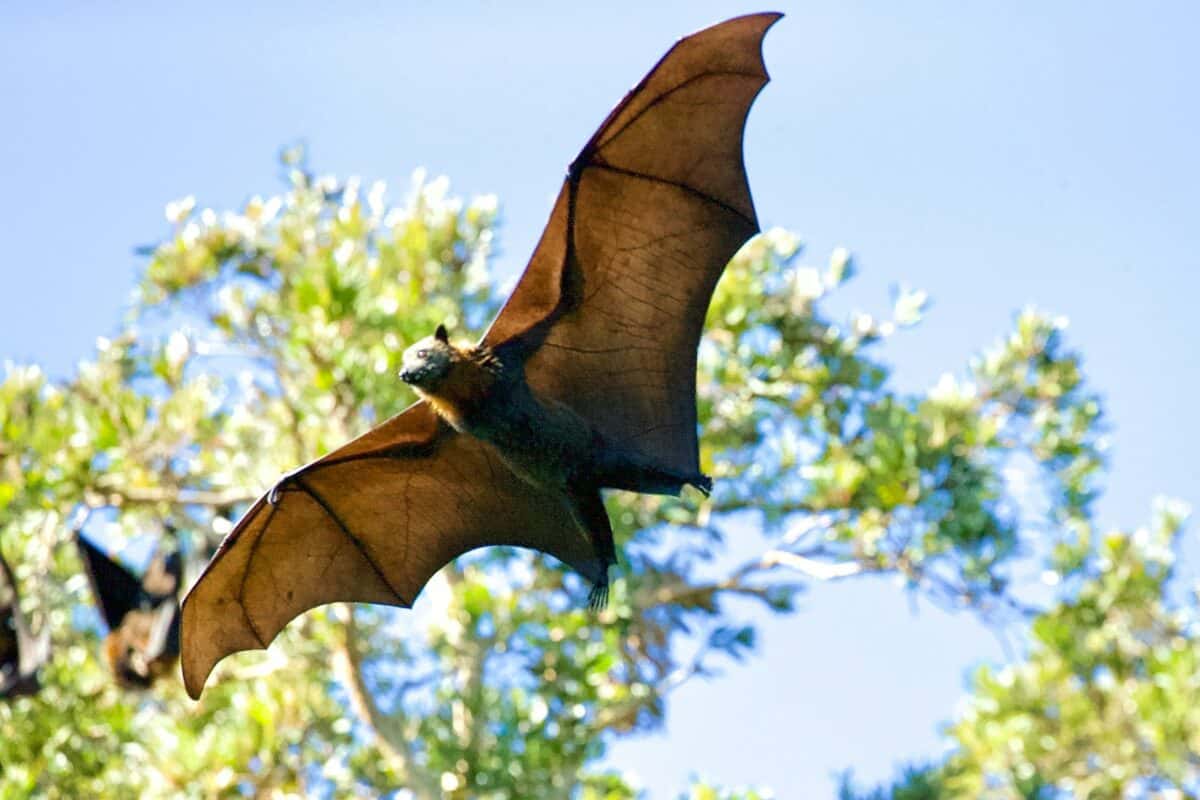
Bats are well-known for their nocturnal nature, but their true superpower lies in echolocation. By emitting high-frequency sound waves that bounce off objects and return as echoes, bats can navigate through darkness with precision. This sophisticated sonar system helps them locate and capture prey, avoid obstacles, and communicate while flying at night, highlighting their importance in pest control and pollination.
5. The Speed of the Cheetah
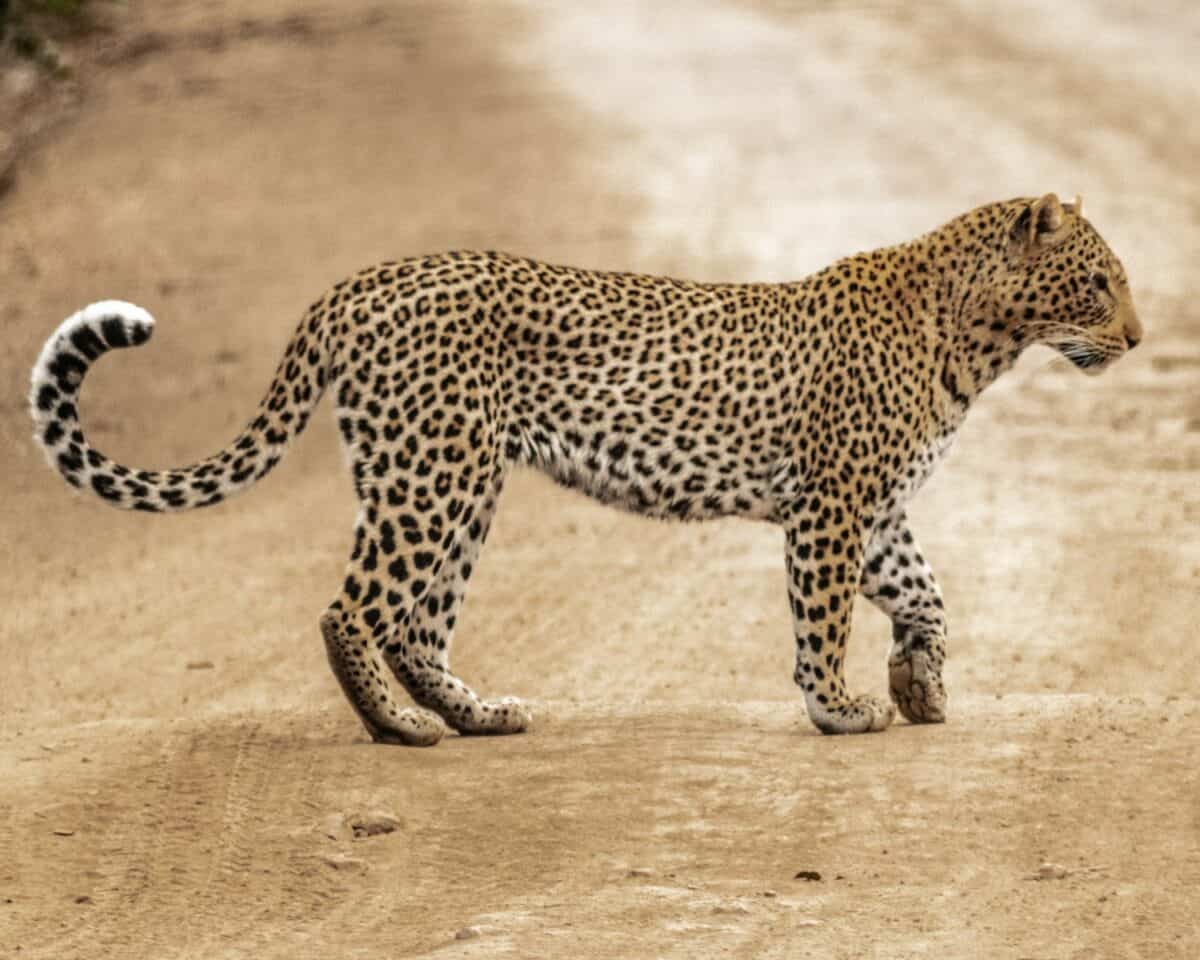
The cheetah, the fastest land animal, can sprint at speeds of up to 75 miles per hour in short bursts, covering distances up to 500 meters. Its lightweight body, long legs, and oversized adrenal gland provide the perfect combination for astonishing speed and agility. With the ability to accelerate from 0 to 60 mph in just a few seconds, cheetahs exemplify nature’s blend of power and precision.
4. The Bulletproof Shell of the Armadillo

Armadillos, particularly the nine-banded variety, are protected by a robust, armor-like shell made up of bony plates covered in keratin. This natural defense mechanism acts like a biological suit of armor, shielding them from predators. Notably, the armadillo’s unique defensive capability has inspired armory designs in human technology.
3. The Ice-Resistant Blood of the Antarctic Icefish
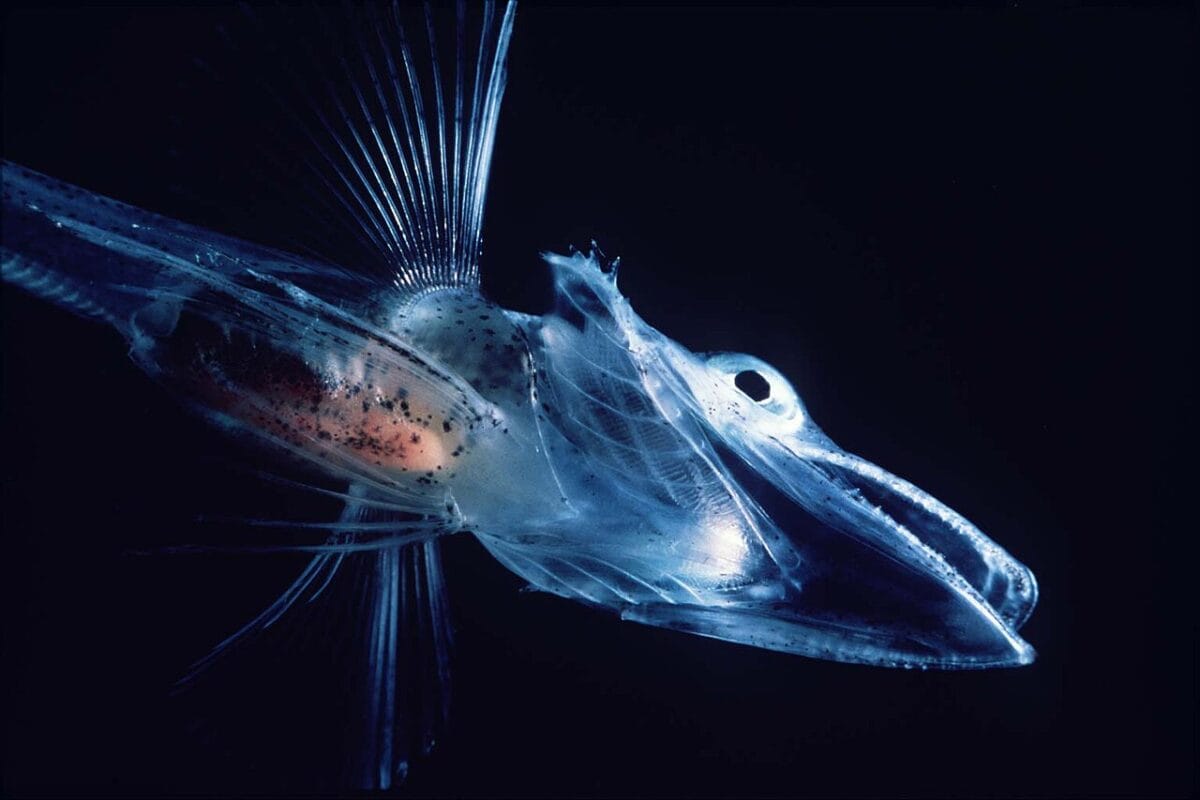
The Antarctic icefish has adapted to thrive in the frigid waters surrounding Antarctica by developing a natural antifreeze protein in its blood. This protein prevents ice crystal formation in its body, allowing the icefish to survive temperatures that would freeze other fish solid. Its unique circulatory adaptations contribute to a fascinating study in evolutionary biology.
2. The Invisibility Cloak of the Glass Frog

The glass frog, hailing from Central and South American rainforests, possesses translucent skin that reveals its internal organs. This near-invisibility allows glass frogs to blend seamlessly with their surroundings, making it difficult for predators to spot them. This transparency serves as an excellent example of evolutionary adaptation via natural selection.
1. The Biofluorescence of the Hawksbill Sea Turtle

The hawksbill sea turtle exhibits a captivating ability known as biofluorescence, which allows it to absorb blue light and emit other colors like red, green, and yellow. This fascinating adaptation not only enhances the turtle’s aesthetic appeal underwater but may also help with communication and mate attraction, though much about this ability remains under study.
Conclusion:
In conclusion, nature’s capacity for creating such incredible design marvels as these animals demonstrates a richness and diversity that expands our understanding of biology and adaptation. By examining these animals’ astounding superpowers, we gain not just inspiration but also potential insights that may benefit scientific and technological advancements in the future. Whether traversing dark caves or swimming beneath arctic ice, these creatures showcase the remarkable ingenuity of evolution, reminding us of the wonders of the natural world.
- 12 Birds That Change Color Seasonally - August 25, 2025
- 12 Secrets of the Animal Kingdom You Did Not Know - August 25, 2025
- 14 Surprising Places You Can Spot Rare Birds - August 25, 2025

